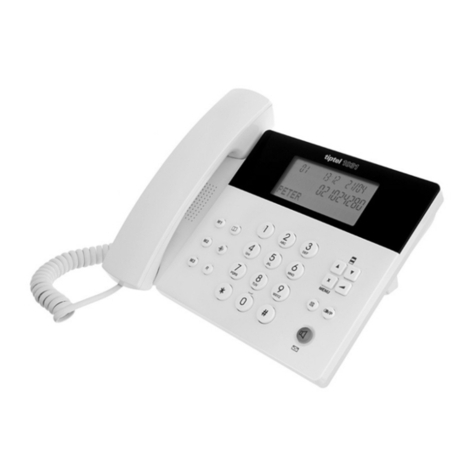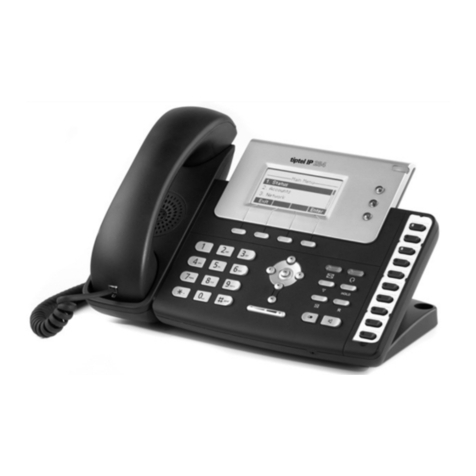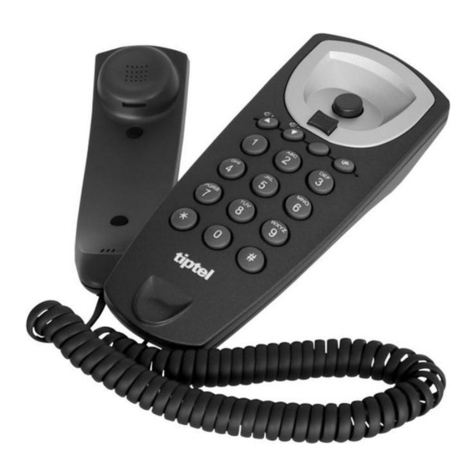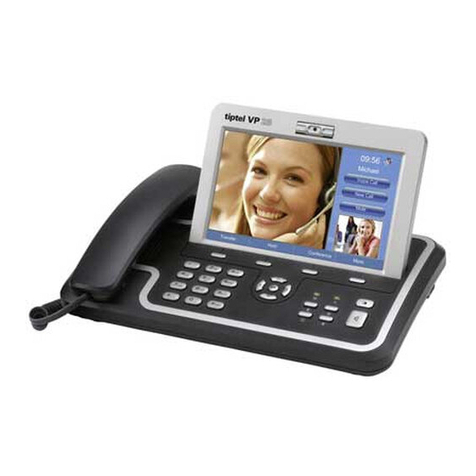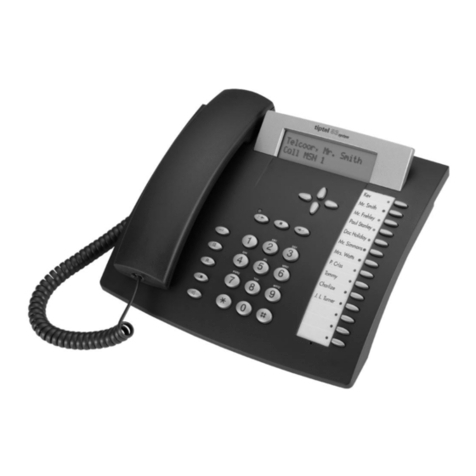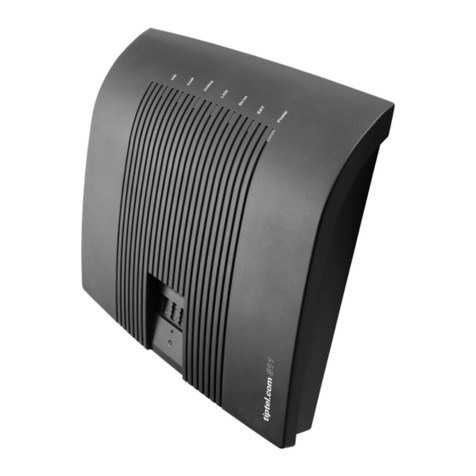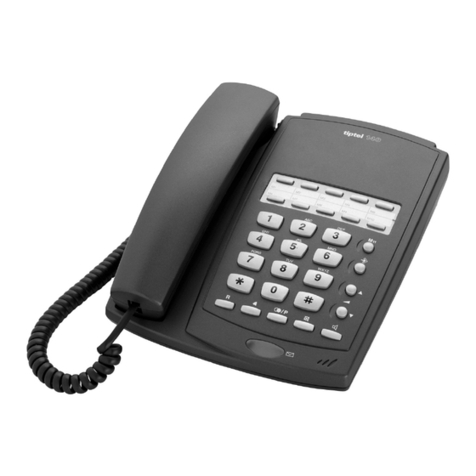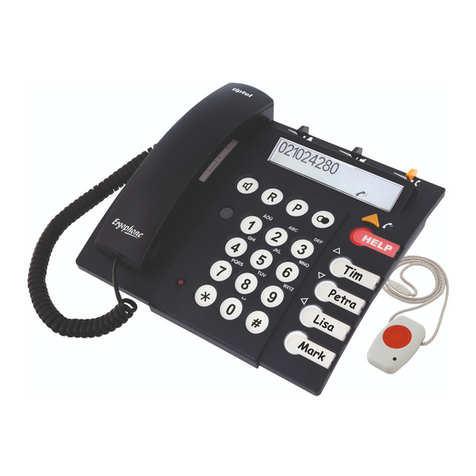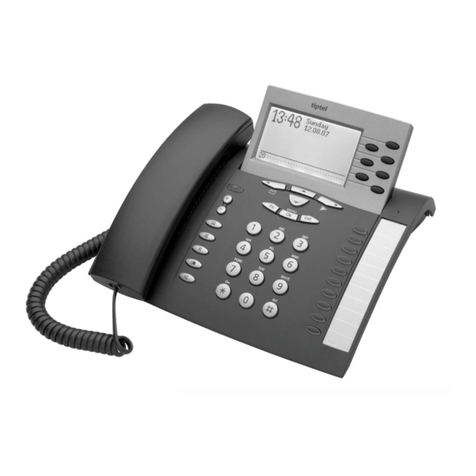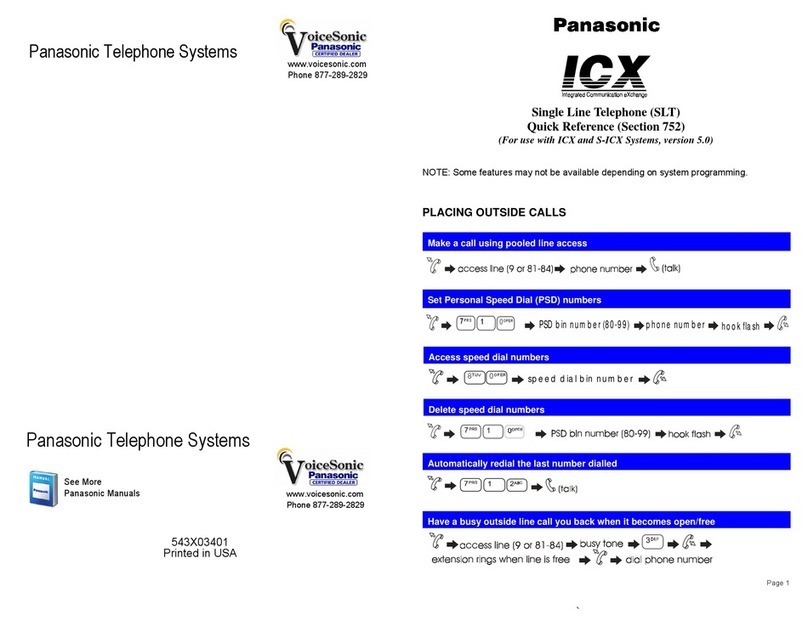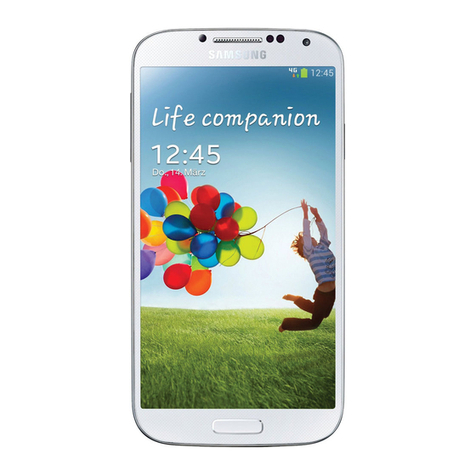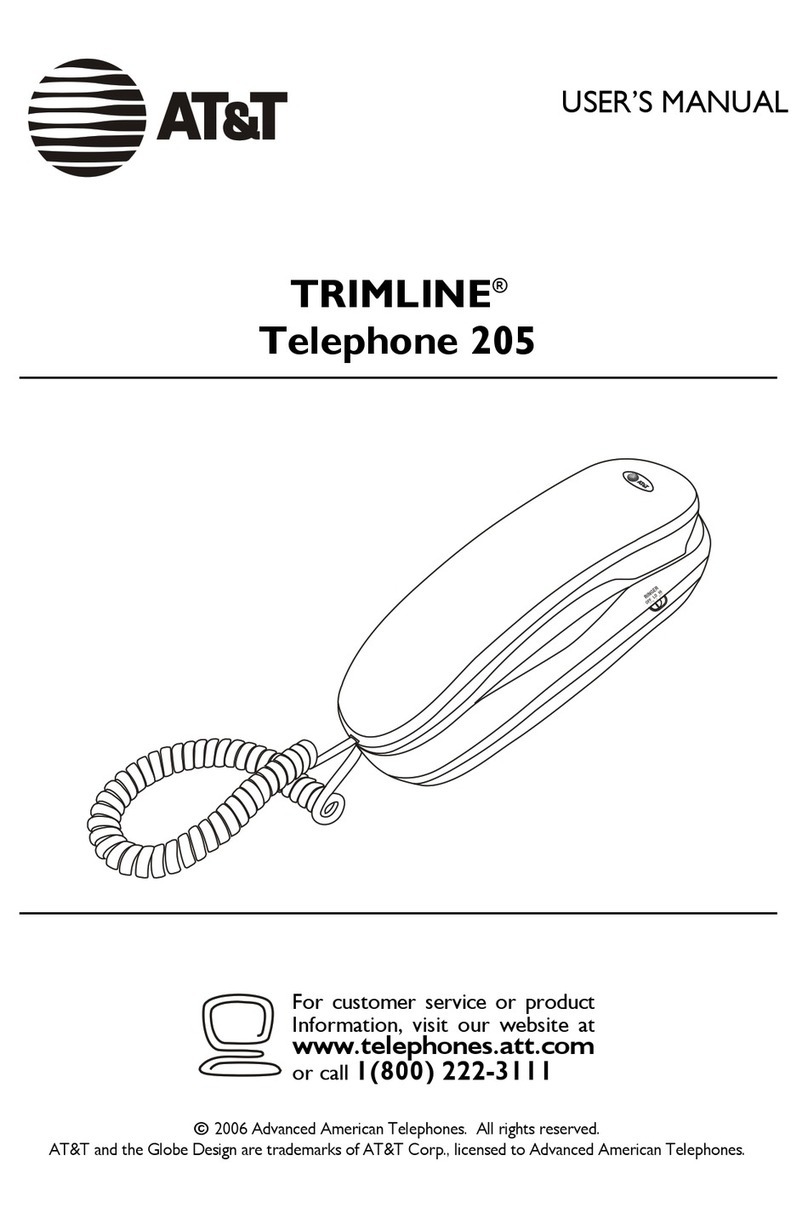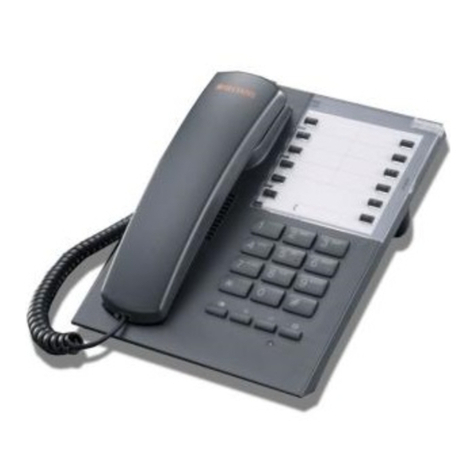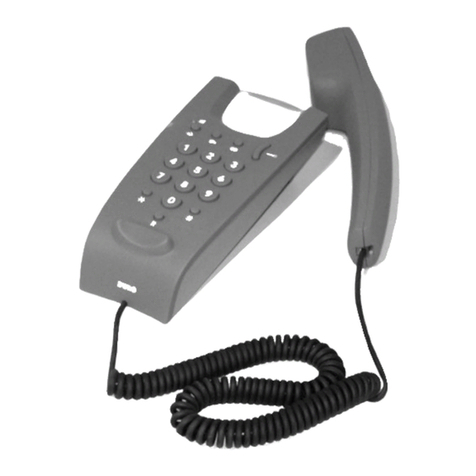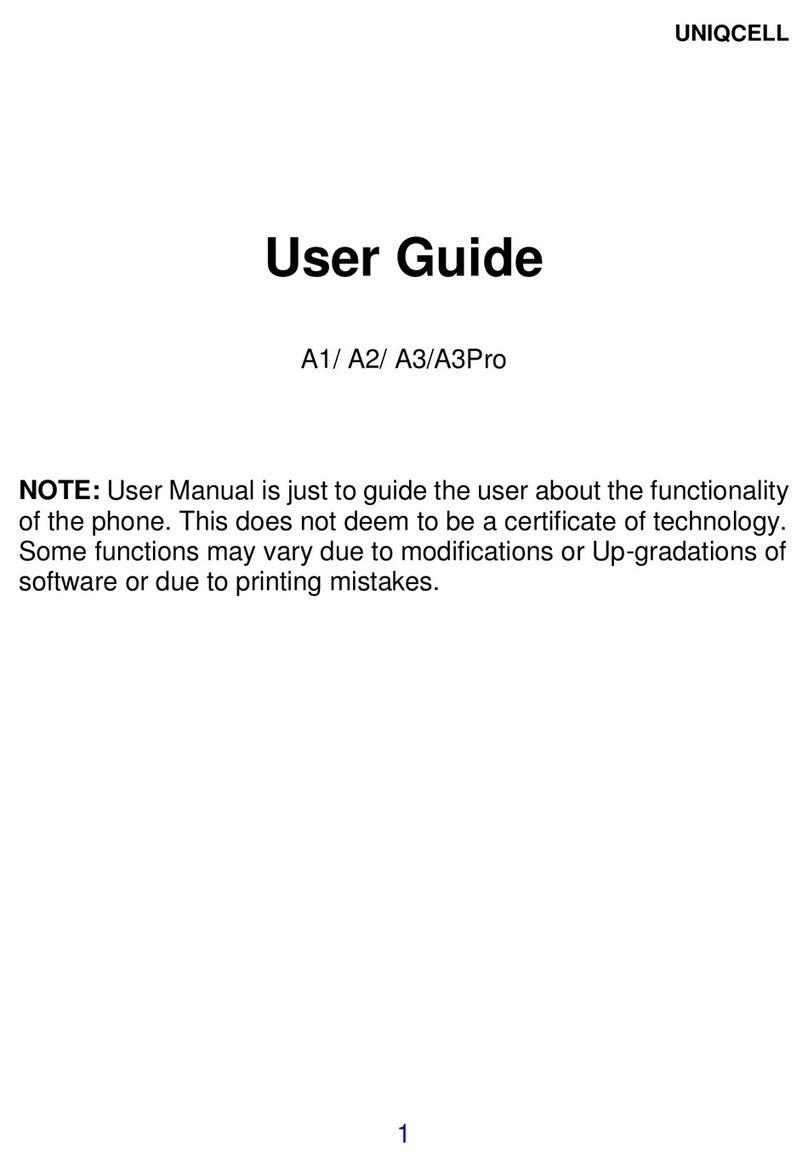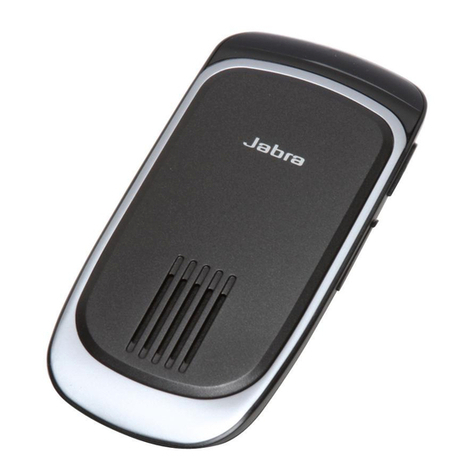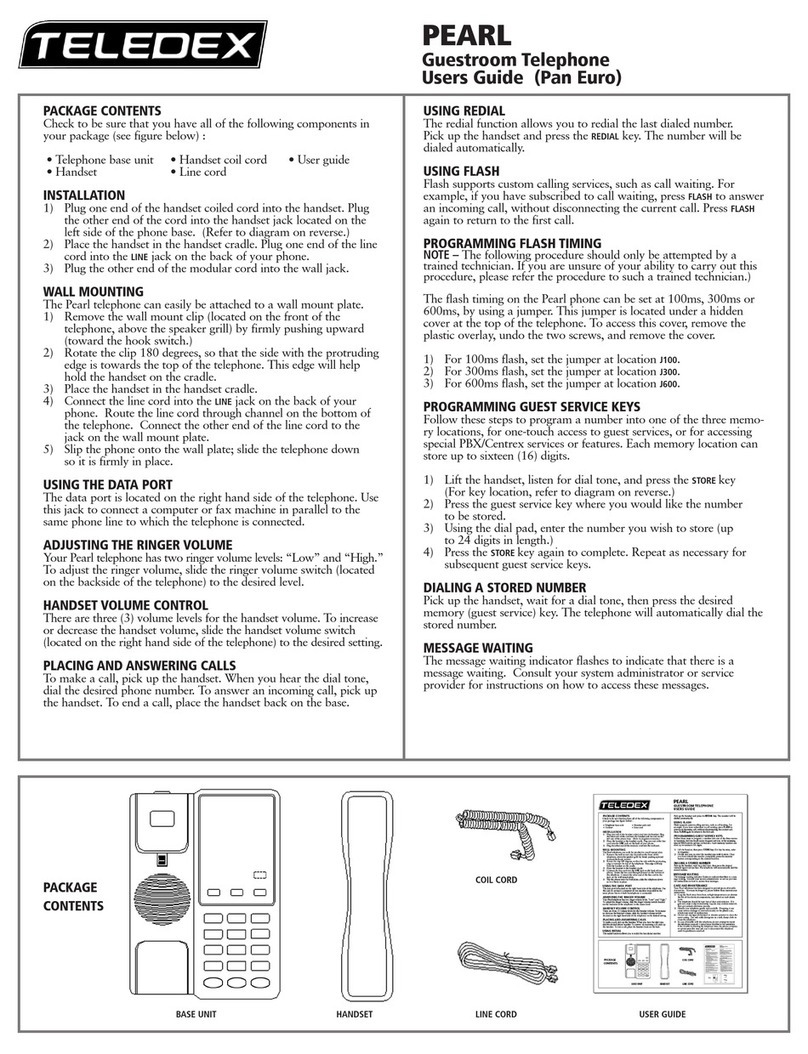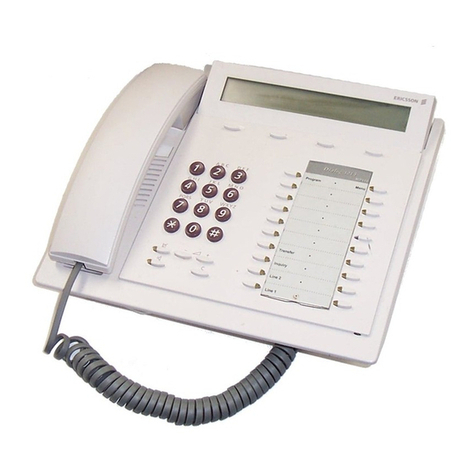Table of contents
5
Timecontrol ............................................................................................. 61
Public holidays........................................................................................ 61
Configuration examples.......................................................................... 62
Expert mode ............................................................................................... 63
Date / time ............................................................................................... 63
Service..................................................................................................... 63
Voicemail................................................................................................. 65
SIP ........................................................................................................... 65
Menu: Ports ....................................................................................................67
ISDN............................................................................................................ 67
Settings ................................................................................................... 67
Entry of MSN/DDI.................................................................................... 68
Call forwarding external .......................................................................... 69
Analogue (FXOs) ........................................................................................ 69
Settings ................................................................................................... 70
Entry of Phone Number .......................................................................... 70
Analogue (FXS) .......................................................................................... 70
Settings ................................................................................................... 70
VoIP (SIP) ................................................................................................... 71
Subscriber list ......................................................................................... 71
Set-up SIP Account................................................................................. 72
Entry of phone number........................................................................... 74
Set-up SIP Provider................................................................................. 74
Settings ................................................................................................... 75
Menu: Subscriber...........................................................................................76
General ....................................................................................................... 76
Groups........................................................................................................ 76
Day/night Switching ................................................................................ 77
Group ...................................................................................................... 77
Select group member ............................................................................. 78
Allocation for incoming external calls..................................................... 78
Call distribution........................................................................................... 79
Subscriber – Sub-menu: Administrator...................................................... 79
Copying a subscriber.............................................................................. 79
Modifying a subscriber ........................................................................... 80
Subscriber............................................................................................... 80
Authorisations ......................................................................................... 80
Extensions allocated to subscriber......................................................... 81
Allocation for incoming external calls..................................................... 82
Allocation for outgoing external calls ..................................................... 82
External PABX dial in (call through / call back) ...................................... 82
